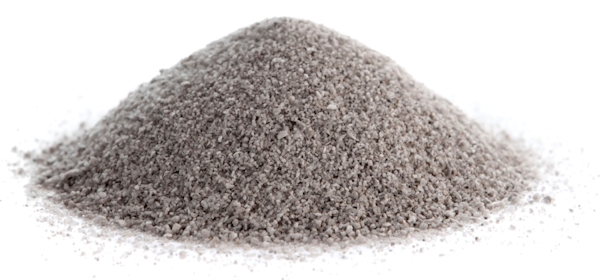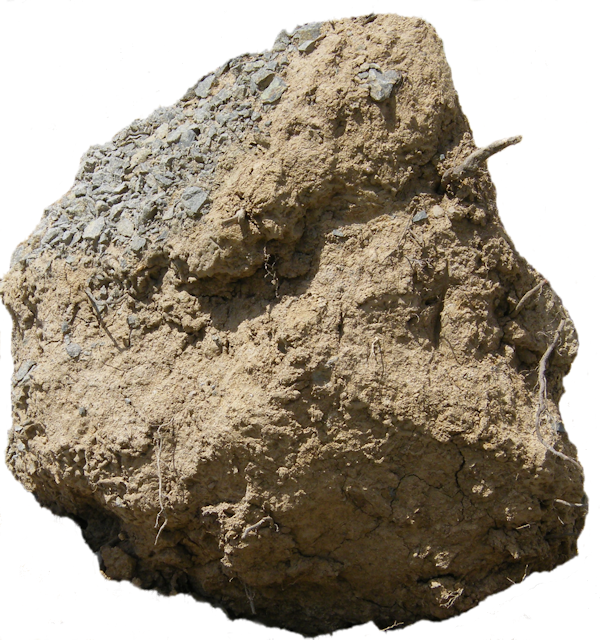Soil Characteristics and Types
Soil Characteristics
The OSHA excavations standard recognizes and allows a variety of soil classification systems under certain conditions. A special simple soil classification system used by OSHA for excavation planning and protection is included in the standard. If that classification system is strictly followed, trench protection systems can be designed for many situations without the approval of a registered professional engineer.
In the soil classification system used by OSHA, the terms used to identify soil types are drawn largely from another system, commonly used for construction, called the Unified Soils Classification System. Both systems are based upon the engineering properties of soils and are concise and easily associated with actual soil behavior.
The OSHA system can be applied in the laboratory or the field. The terms used for classification are based upon the soil particles, including the quantity of the various sizes of soil particles and the qualities or characteristics of the very fine grains.
The principal types of soil may be divided into two general classes according to grain size:
- Fine-grained soils - silt and clay; and
- Coarse-grained soils - gravel and sand.
The composition or texture of a soil is a critical factor in its stability. The more cohesive the soil particles; the more the entire soil mass tends to stick together rather than crumble.
However, it is important to remember the time element involved in cuts. If an excavated cut is to be left open for long periods of time, cohesive forces may not withstand exposure to weather conditions.
When fresh fill dirt is not properly compacted, subsequent excavations in the same area result in almost no cohesion properties; thus, a greater width may be required to maintain a stable slope.
Knowledge Check Choose the best answer for the question.
2-1. Soils are classified into two general categories based on _____.
You forgot to answer the question!


